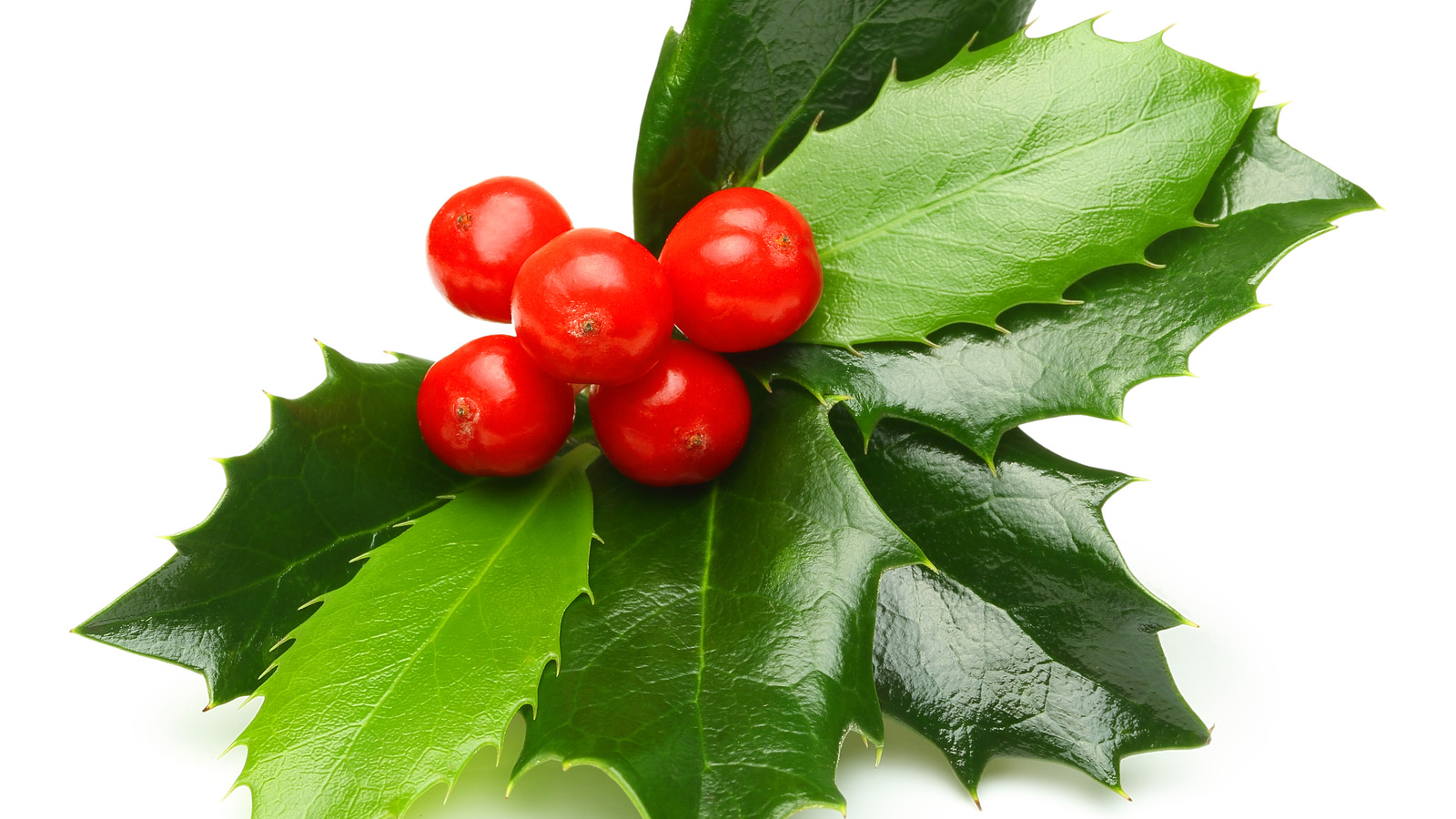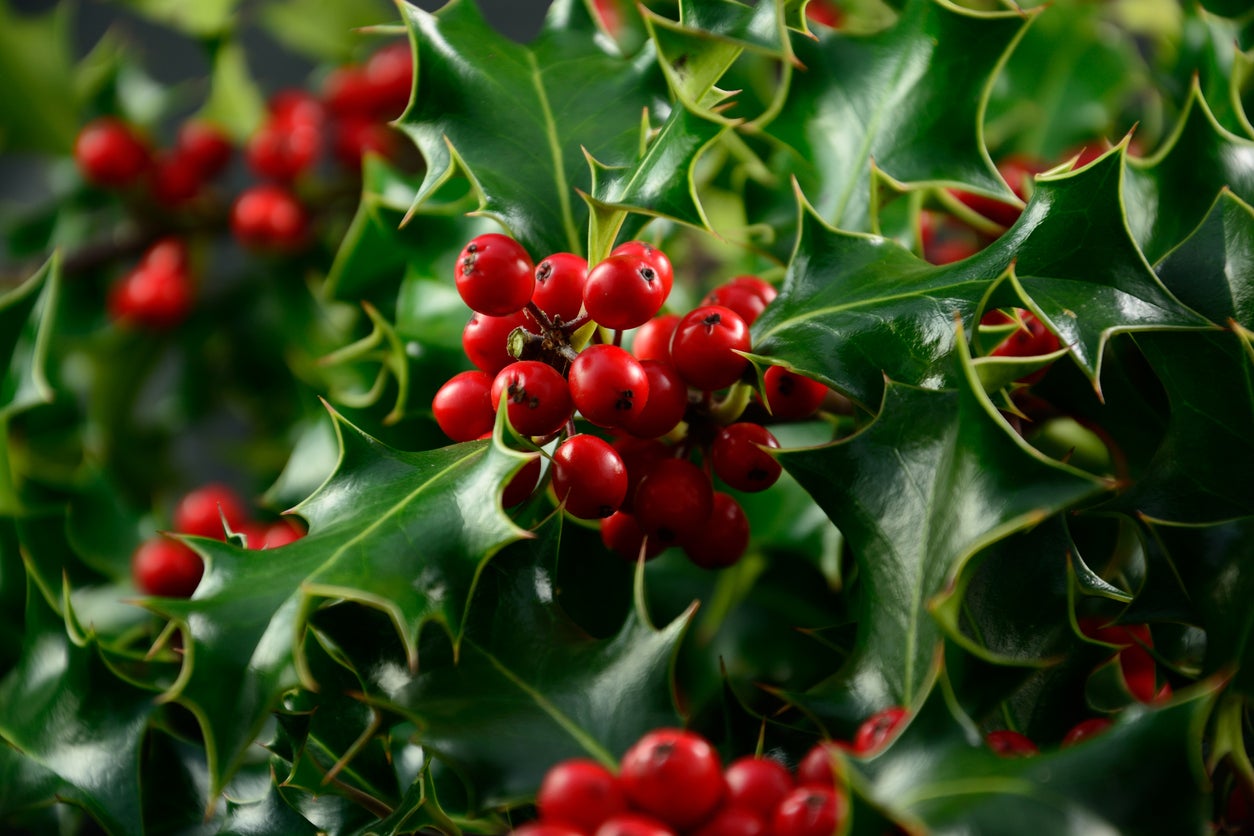Comprehensive Guide to Holly Plants: Growth, Care, and Benefits Explained

On a foggy morning in late October, I found myself staring at the battered remnants of a holly hedge—a relic inherited from the previous homeowner. The plants looked like they’d survived a guerilla siege: spindly limbs, yellowing leaves, and not one red berry in sight. That winter, I set out on a mission—not just to revive those hollies but to truly master them. What began as trial and error ended as an obsession: learning every shortcut, decoding every pitfall, and discovering tricks even nursery pros sometimes overlook.

This isn’t another generic care sheet—it’s a battle-tested system for raising hollies that thrive through blizzards, droughts, and neglectful neighbors wielding weed-whackers. If you’ve ever wanted holly so lush that neighbors stop to touch the glossed leaves or birds swarm your yard while everyone else’s is sterile by January—read on.
The Systematized Art (and Science) of Holly Mastery
1. Identifying Holly Like a Pro—The Quick Glance Test
Forget textbook descriptions; after misidentifying my own hollies (fooled by a sneaky Mahonia bush), I learned the “3-Point Confirm”:
1. Leaf Touch:
Run your thumb along the edge—true holly feels stiff and unexpectedly sharp with its spines (think micro porcupine quills).
2. Berry Check:
Berries cluster snug against stems; squeeze one gently—it should be firm, not mushy or hollow.
3. Branch Flex:
A healthy holly branch bends without snapping but doesn’t droop like willow—the “knuckle test” as old gardeners call it.
Back in 2019, I carried secateurs everywhere and took samples to nurseries until an old-timer finally chuckled: “Boy, unless it draws blood at least once, it ain’t real holly.” He wasn’t entirely wrong.
2. Species Selection Shortcuts (Never Waste Years on the Wrong Plant)
Decision Matrix
I once wasted two years nursing what turned out to be Japanese Holly (Ilex crenata)—lovely in spring but dead by Midwest February. Species choice isn’t about beauty; it’s survival chess:
- Zone 8+? Favor Ilex aquifolium (English) or Blue Holly hybrids—they pop under warm winters.
- Zone 5–7? American Holly (Ilex opaca) is bulletproof; ‘Nellie R Stevens’ never lost berries through polar vortexes.
- Small spaces? Select dwarf cultivars (‘Dwarf Burford’ saves trimming headaches).
Advanced Shortcut: Don’t Guess Gender
Three springs in, I discovered my barren bushes were all female—no males meant no berries. The fail-proof trick at garden centers:
Look for green flower buds early spring—male flowers cluster tightly together (“button bouquet”), females are spaced apart (“solitary star”).
If you’re buying online: always add at least one pollinator male per four to five females within thirty feet—a $25 insurance policy for every dazzling holiday berry display.
3. Preparing Your Ground: Acid Test or Bust
My first holly struggled for years until I borrowed a $10 soil pH meter from the library (public libraries often lend these!). The reading flashed 7.2—nearly neutral soil doomed my plant before roots even anchored.
Here’s what worked:
- Dig in pine bark fines (~$15 per bag) and peat moss deeply into planting holes.
- For persistent alkaline ground? Each fall and spring, dust zones with elemental sulfur granules (~$8/bag covers ten shrubs).
- Rainwater wins over tap if local water is hard—set up a barrel ($40 investment saves untold grief).
Sensory Tip: Acidity smells faintly sweet-earthy when you break fresh mulch beneath your hand—the olfactory cue I now trust more than any strip test.
4. Fast Planting Ritual — My “One-Hour Rule”
To avoid root stress:
- Hole should be exactly twice container width but NOT deeper.
- Dunk pot-bound root ball in diluted seaweed extract before planting (root bounce-back booster).
- Position top of root mass level with surrounding soil; mound mulch up—but leave an air gap around trunk base (“collar rot-preventing donut”).
- After backfilling, dump two gallons rainwater directly over root zone—even if rain is forecast.
With this routine—even rescued clearance bin shrubs bounced back inside six weeks.
5. Foolproof Early Care & Survival Tactics
Automated Watering Hack
That first sweltering July nearly killed my transplants until I set up an $18 soaker hose zigzagged under mulch—all timed via smart plug ($30). No guessing moisture ever again.
Mulch Mix Optimization
Standard pine straw blows away; instead layer shredded pine bark topped with heavier cedar mulch—smothers weeds yet lets acidity trickle down all season.
Feeding Formula
Skip generic fertilizer! Invest in Espoma Holly-tone ($11 per bag)—early April sprinkle plus again midsummer equals glossy green growth and loaded berries by December.
6. Pruning Secrets You Won’t Read On Tags
A neighbor hired landscapers who scalped her English hollies mid-July—they dropped most of their new growth weeks later right before company arrived for Thanksgiving!
Here’s my prune-for-vigor system:
- Only prune late February through March (never after June).
- Use sharp bypass pruners sterilized between cuts—I keep alcohol wipes clipped to my belt.
- Remove inward-growing or crossing branches first; shape gently outward like spokes of a wheel.
- For hedges: shape base wider than top so sunlight hits lower branches too—this prevents bald ankles by year three.
Dialogue with myself every spring goes like this:
"Cut this big limb?"
"If it shades berries or rubs another branch—yes! Otherwise…wait."
7. Shortcuts & Advanced Techniques for Berry Bonanzas
Max-Berry Timing
Prune right after flowering ends—not before! If you prune before bloom you cut off next winter’s berry potential; prune after fruit sets and watch clusters double year on year.
Companion Plant Hack
Pair Winterberry (Ilex verticillata) underplantings with blue-leaved hostas—the silvery ripples bring out scarlet fruit visually ALL season long (unexpected tip from a Chelsea Flower Show veteran).
Propagation Masterclass
Back in May 2021, cuttings from an especially vigorous Blue Princess holly rooted fastest using these tweaks:
1. Take five-inch semi-hardwood cuttings mid-July (not earlier—not later).
2. Strip bottom leaves completely and nick bark lightly at tip end with razor blade before dipping in rooting hormone powder ($6 tube lasts years).
3. Stick into sand/peat mix inside ventilated clear storage box—set atop fridge where warmth speeds callusing without baking tender tissue.
Roots form within six weeks if kept moist—not wet!
8. Troubleshooting With Precision: From Sick Leaves to Pest Outbreaks
After a record-wet summer left splotched black spots across my American Holly’s lowest limbs:
Diagnosis System
A) Leaf yellow/green veined? Almost always alkaline pH.
B) Sudden drop/browning on tips only after heavy storms? Poor drainage/root suffocation.
C) Berries scarce despite healthy foliage? Male pollinator missing OR pruning was mistimed last year.
Advanced hack: For scale insects or mites suspecting infestation?
Blast undersides weekly using jet setting on garden sprayer mid-morning (so leaves dry fast)—natural control that saved me from chemical sprays three seasons running.
Major fungal outbreaks?
Mix up one-gallon batch of organic copper fungicide spray every April when leaf buds swell; repeat monthly through heavy rain periods—a $10 seasonal investment beats losing whole plants come August scorch time.
Cost Breakdown Example:
In one rough patch saving six sick hollies:
- Sulfur amendments: $16/year
- Organic fungicide concentrate: $12/season per dozen shrubs
- Mulch refreshment: $40/year for 8 bags premium pine/cypress mix
Compare that against replacing mature specimens at $70+ apiece—it pays off fast!
9. Landscape Uses That Stun
Ever watched snow gather atop perfectly clipped Blue Hollies at sunrise?
For instant wow-factor screens:
Plant staggered double rows five feet apart instead of solid single hedge lines—you’ll get thicker coverage AND less mildew risk from improved airflow.
Solo focal points?
Choose ‘Nellie R Stevens’ as specimen beside doorways—it’ll reach for the porch lights so reliably you can skip wreath-hanging altogether some years!
Wildlife magnet setups?
Interplant deciduous winterberries among evergreen types—and stop raking leaves beneath them each fall; birds flock all winter while low litter boosts earthworm activity come spring thaw!
10. Real Stories Behind Every Lesson Learned
The resurrection of my battered original hedge wasn’t instant magic—in its second summer after follow-the-system revival, returning robins feasted alongside cardinals on red drupes where bare wood had dominated before.
I remember Mark—a friend frustrated by barren shrubs for holidays each year—calling me excitedly December of his third try: “There are SO many berries! And just picking off new growth shoots beside blooms last April did it!” Tiny tweaks make huge differences over seasons.
And Janet down the street? Her hedge once yellowed every August until she bit the bullet on sulfur amendments yearly—with results strong enough she started leaving sprigs for neighbors who admired her Christmas displays each December since.
Mastery Action Plan — The Shortcut Checklist
No need to memorize endless guides—here’s the sequence proven over dozens of plantings:
Day One: Walk property, spot likely sites with morning sun/dapple shade afternoons.
Day Two: Test pH immediately after lunch when readings stabilize best edge-of-bed.
Within Week One: Source both genders AND check roots/pest status before buying anything!
Prep Day: Amend actively using pine bark/peat/sulfur as needed BEFORE digging holes.
Planting Time: Execute One-Hour Rule above without sidestepping water/mulch steps!
Season One: Install automated soaker hose ASAP—or at minimum commit to weekly soaking schedule through heat waves.
Prune/Feed Yearly: Late Feb/March ONLY—but feed twice yearly thereafter with acid-specific nutrition blends.
Repeat Annually: Retest pH each spring/fall; adjust tactics if slowdowns/yellowing appear anywhere—including neighbors’ yards if possible!
For troubleshooting stumbles along the way:
Always pull one affected leaf or twig into nearest nursery/local extension agent—they’ll ID region-specific issues far beyond online advice column accuracy rates!
Set calendar alerts each season change—for feeding/pruning/mulching review reminders—or use gardening apps like Gardenize/Planter Journal to log progress visually…it’s how patterns leap out year-to-year without guesswork weighing you down next time weather throws curveballs again!
Epilogue — Why Mastery Is Simpler Than It Seems…
Ultimately what sets true holly mastery apart isn’t luck—it’s layering shortcuts learned from others’ mistakes onto your own story until lush green branches frame holiday windows every year without fail…and robins flock whether frost bites hard or drought lingers stubborn as ever!
Every mistake—the failed Japanese Holly winters…the barren berryless springs…taught me something now built right into this complete system-for-mastery approach others miss! Start here—and create stories worth telling beneath your own relentless shades-of-green canopy each winter too.
And if anyone asks how your garden glows brighter than theirs come December? Just smile knowingly…and maybe pass them a sprig cut straight from your thriving legacy bush—for luck!



